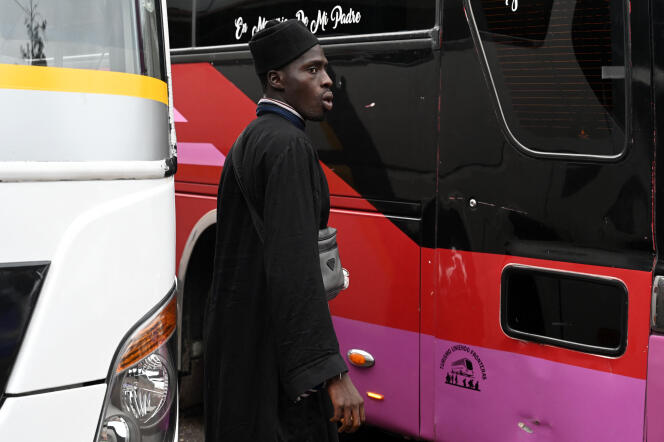


"Ticket to Nicaragua available. Price: $8,500." "Senegal-Nicaragua air ticket available. Interested, inbox for more info thanks." "Tickets and papers 3 million [CFA francs]." On Facebook, there's a multitude of adverts. For over a year now, one migration route has been taking off for Senegalese wishing to reach the United States. They're booking flights to Managua, Nicaragua, then traveling overland through Central America to their final destination. "In 2023, travel agencies said they were swamped with requests in Dakar," reported Nelly Robin of the French Institute of Development Research. "At one point, up to 300 people were taking the plane every day," added Aly Tandian, president of the Senegalese Migration Observatory. "Flights have emerged via Casablanca and Madrid, or via Turkey. For all these countries, the Senegalese didn't need a visa."
This situation is about to change. On Tuesday, January 30, anxious to dissuade potential asylum seekers, the Spanish government decided that as of February 19, Senegalese stopping over at the Madrid-Barajas Airport would require an airport transit visa. Since January 20, this key document has also been required of Kenyans. In August 2023, the same formality was imposed by Spain on Uzbekistan nationals and a year earlier, on Turks.
Tierno (first name changed) came to the US in the fall of 2023. The 29-year-old Senegalese national landed in Managua on September 29 and entered Arizona 12 days later. Today, he is staying with a fellow countryman in Ohio. "I'm waiting to get my work permit," he said. "After that, there are jobs in warehouses like Amazon's."
Tierno has long wanted to go to France, where one of his brothers lives. "But we're watching the news and I have a lot of friends in Europe, so I know that their situation isn't easy, especially when you don't have papers," said the young geography graduate. "In the US, the work permit lasts five years and allows you to be part of the country."
Senegalese migration across the Atlantic is nothing new. "In the early 2000s, there were flights to Brazil," explained Robin. "Some Senegalese continued on to the United States. Today, the boom in the route via Nicaragua is also linked to the danger of the trans-Saharan routes or the sea route via the Canaries."
Tierno paid almost €7,000 for his trip, which took him not only by plane but also by bus, car and boat up Central America and Mexico. "In Nicaragua," he recalled, "you get out of the airport and there are lots of people offering you their services. I paid a certain Pedro $60 [€55] to go to Honduras. I stayed in his hotel and we traveled in 4×4s. We were a group with Cameroonians, Mauritanians, Indians..."
You have 70% of this article left to read. The rest is for subscribers only.
